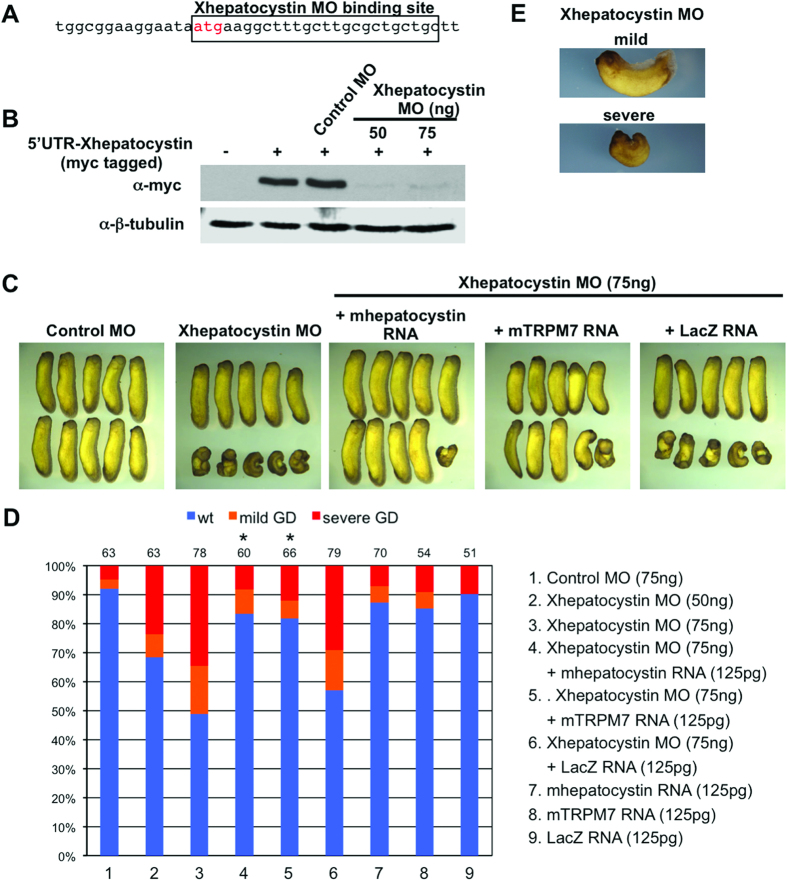Figure 3. Xhepatocystin is required for gastrulation.
(A) Schematic diagram of Xhepatocystin morpholino (MO) binding sites upstream and overlapping the start site of Xhepatocystin. (B) Western blot analysis shows that injection of the Xhepatocystin MO (50 and 75 ng), but not the control MO (75 ng), can effectively inhibit translation of Myc-Xhepatocystin 5′ UTR injected RNA (250 pg). β-tubulin is shown as a loading control. (C) Injection of Xhepatocystin MO into the dorsal blastomeres of the 4-cell stage embryos inhibited gastrulation. The gastrulation defect phenotype was rescued by co-injection of mouse hepatocystin RNA and mouse TRPM7 RNA (125 pg), but not LacZ RNA (125 pg), with the Xhepatocystin MO (75 ng). Injection of the control MO (75 ng) produced no phenotype. (D) Quantification of phenotypic results from (C). Phenotypes were scored according to the severity of the gastrulation defect (GD) at the tadpole stage (E). The injections were repeated at least three times. The ability of co-injection of mouse hepatocystin and mouse TRPM7 RNA with Xhepatocystin MO to rescue the gastrulation phenotype caused by the Xhepatocystin MO was statistically significant (*P<0.05). The collective total number of injected embryos from all experiments is indicated above each bar.

